Premium Earbud Ear Tips: Why Universal Solutions Cost More Than You Think
Mixing premium earbuds with universal ear tips seems economical but risks compromising your expensive investment through reduced performance and potential damage.
Engineering Reality:
● Ear tips are precision-engineered acoustic components, not simple accessories
● Apple AirPods Pro use oval nozzles incompatible with Sony’s Dynamic Driver X design
● Samsung, Bose, and Google feature unique proprietary attachment systems
Universal Risks:
● Noise cancellation performance drops up to 70% with improper seals
● Wrong tips dramatically alter frequency response degrading audio quality
● Physical damage from forcing incompatible tips can void warranties
Official Replacement Costs:
● Apple AirPods Pro: $29 AUD
● Sony WF-1000XM5: $39 AUD
● Other brands: $30-35 AUD ranges
Recommendation:
Purchase manufacturer-specific tips rather than risking premium performance for perceived savings.
Don’t Mix & Match: Why Premium Earbud Ear Tips Cost More Than You Think
Picture this: you’ve just unboxed your shiny new $400 AUD earbuds, eagerly anticipating that perfect audio experience you’ve read about in countless reviews. However, after an hour of listening, you realise the included ear tips just don’t quite seal properly in your ears. The bass feels weak, outside noise creeps in, and they keep slipping during your morning jog.
Naturally, your first instinct is to hop onto Amazon and grab some “universal” memory foam ear tips for $20. After all, they’re just little rubber pieces, right? Unfortunately, this seemingly innocent purchase could be the most expensive $20 you’ll ever spend – not because of the tips themselves, but because of what you’ll lose in return.
The Hidden Engineering Behind Ear Tips
Contrary to popular belief, ear tips aren’t simple, interchangeable accessories. Instead, they’re precision-engineered components that work as integral parts of each earbud’s acoustic system. Moreover, every major manufacturer has developed proprietary designs that optimise sound quality, noise cancellation, and comfort specifically for their products.
Consider Apple’s AirPods Pro (2nd Generation), which retail for approximately $399 AUD. These earbuds feature a unique oval-shaped nozzle that’s specifically designed to work with Apple’s proprietary ear tip geometry. Similarly, Sony’s WF-1000XM5 earbuds, priced at around $419 AUD, utilise custom Noise Isolation Earbud Tips that complement their advanced noise-cancelling algorithms.
Furthermore, Samsung’s Galaxy Buds3 Pro (RRP $399 AUD) incorporate a completely different nozzle design that supports their new stem-based form factor. Meanwhile, Bose’s QuietComfort Ultra Earbuds (RRP $450 AUD) rely on their proprietary StayHear Max tips, and Google’s Pixel Buds Pro 2 (estimated RRP $369 AUD) feature an innovative twist-to-adjust stabiliser system.
The Anatomy of Incompatibility
Nozzle Dimensions and Shapes
Each manufacturer has carefully calculated the optimal nozzle diameter and shape for their specific driver configuration. For instance, Apple uses an oval nozzle measuring approximately 4.5mm x 3.5mm, whilst Sony employs a different oval profile optimised for their Dynamic Driver X technology. Consequently, even if a third-party ear tip physically fits onto the nozzle, the seal and acoustic properties will be compromised.
Attachment Mechanisms
Beyond size differences, the attachment methods vary significantly between brands. Apple’s ear tips use a friction-fit system with specific groove patterns, whereas some Samsung models incorporate twist-lock mechanisms. Additionally, Bose has developed their own proprietary attachment system for the StayHear Max tips, and Google’s latest design integrates with their twist-to-adjust stabiliser.
Acoustic Engineering
Perhaps most importantly, each ear tip is designed to work with specific driver configurations and acoustic chambers. Sony’s foam tips, for example, are engineered to complement their V2 processor and QN2e noise-cancelling chip. Similarly, Apple’s ear tips are optimised to work with their H2 chip’s adaptive audio algorithms.
The Real Cost of Going Universal
Compromised Noise Cancellation
When you use incompatible ear tips, you’re essentially breaking the acoustic seal that premium earbuds rely on for effective noise cancellation. Testing has shown that improper ear tip fit can reduce active noise cancellation performance by up to 70%. Consequently, your $400 investment in premium ANC technology becomes largely worthless.
Degraded Audio Quality
The wrong ear tips can dramatically alter frequency response, particularly in the bass region. Since many premium earbuds are tuned assuming a proper seal, using incompatible tips can result in muddy mids, weak bass, and harsh treble. Therefore, you’re essentially listening to a completely different product than what the engineers intended.
Physical Damage Risks
Forcing incompatible ear tips onto your earbuds can damage the nozzle or internal components. Additionally, loose-fitting tips may allow debris to enter the earbud housing, potentially damaging sensitive electronics. Furthermore, over-stretched tips can crack or tear, creating sharp edges that might scratch your earbuds’ finish.
Warranty Voidance
Most manufacturers explicitly state that using non-approved accessories can void your warranty. Consequently, if your earbuds develop issues after using third-party ear tips, you might find yourself without coverage for repairs or replacement.
Security and Safety Concerns
Poorly fitting ear tips increase the risk of earbuds falling out during activities. This is particularly problematic during exercise or commuting, where losing a $200 earbud can quickly turn your money-saving attempt into an expensive mistake.
Brand-Specific Compatibility Guide
Apple AirPods Pro (2nd Generation)
Compatible with: AirPods Pro (1st generation) only Unique features: Oval nozzle, proprietary groove pattern Official replacement cost: $29 AUD for a set of four pairs
Samsung Galaxy Buds3 Pro
Compatible with: Limited compatibility with other Galaxy Buds models Unique features: New stem design with round nozzle Official replacement cost: Approximately $35 AUD
Sony WF-1000XM5
Compatible with: WF-1000XM4 (limited), some WF-C series models Unique features: Noise Isolation Earbud Tips with special foam blend Official replacement cost: $39 AUD for variety pack
Bose QuietComfort Ultra Earbuds
Compatible with: Other Bose QC Earbuds models only Unique features: StayHear Max design with proprietary attachment Official replacement cost: $32 AUD for three-size pack
Google Pixel Buds Pro 2
Compatible with: Pixel Buds Pro (1st generation) with limitations Unique features: Twist-to-adjust stabiliser integration Official replacement cost: Estimated $30 AUD
When Universal Tips Might Work
Despite these compatibility challenges, some third-party manufacturers have developed solutions that work across certain models. However, success depends on careful research and realistic expectations.
Comply Foam Tips
Comply has created model-specific foam tips for many popular earbuds. Their TrueGrip and SmartCore lines offer some cross-compatibility, but you must check their detailed compatibility charts before purchasing.
SpinFit Options
SpinFit’s CP series includes some universal designs with multiple nozzle adapters. Nevertheless, even these require careful size selection and may not provide optimal performance compared to OEM tips.
AZLA SednaEarfit
AZLA offers premium third-party tips with limited cross-brand compatibility. Whilst they maintain good build quality, they work best with specific nozzle sizes and shapes.
The Smart Alternative: Sizing Up Properly
Instead of gambling with universal tips, consider these safer alternatives:
Official Variety Packs
Most manufacturers offer ear tip variety packs with multiple sizes. Apple provides XS through L sizes, whilst Sony offers an extended range including extra-small options. Although these cost more initially, they guarantee optimal performance and maintain your warranty.
Professional Fitting Services
Some premium audio retailers offer ear tip fitting services using impression moulds or digital scanning. Whilst more expensive, this ensures perfect fit and optimal performance from your investment.
Gradual Adaptation
Sometimes, the included ear tips just need time for your ears to adjust. Many users find that tips initially feeling too large or small become comfortable after a few days of regular use.
Making the Right Choice
Before purchasing any ear tips, consider the total cost of your decision. That $20 universal tip purchase might seem economical, but when you factor in potential audio quality loss, reduced noise cancellation, and warranty risks, the mathematics changes dramatically.
Moreover, remember that premium earbuds represent significant investments in engineering and acoustic design. The ear tips aren’t afterthoughts – they’re carefully designed components that complete the audio experience you paid for.
Protecting Your Investment
Ultimately, the best approach is to work within each manufacturer’s ecosystem. Purchase official replacement tips when needed, explore authorised third-party options only after thorough research, and remember that the most expensive mistake isn’t buying the wrong tips – it’s compromising the performance of your premium earbuds.
Furthermore, proper care extends the life of your original ear tips. Clean them regularly with mild soap and water, store them in protective cases when not in use, and replace them when they show signs of wear or compression.
Your premium earbuds represent a significant investment in audio quality and convenience. Don’t let a seemingly simple accessory decision undermine that investment. Instead, choose compatibility over convenience, and your ears – and wallet – will thank you in the long run.

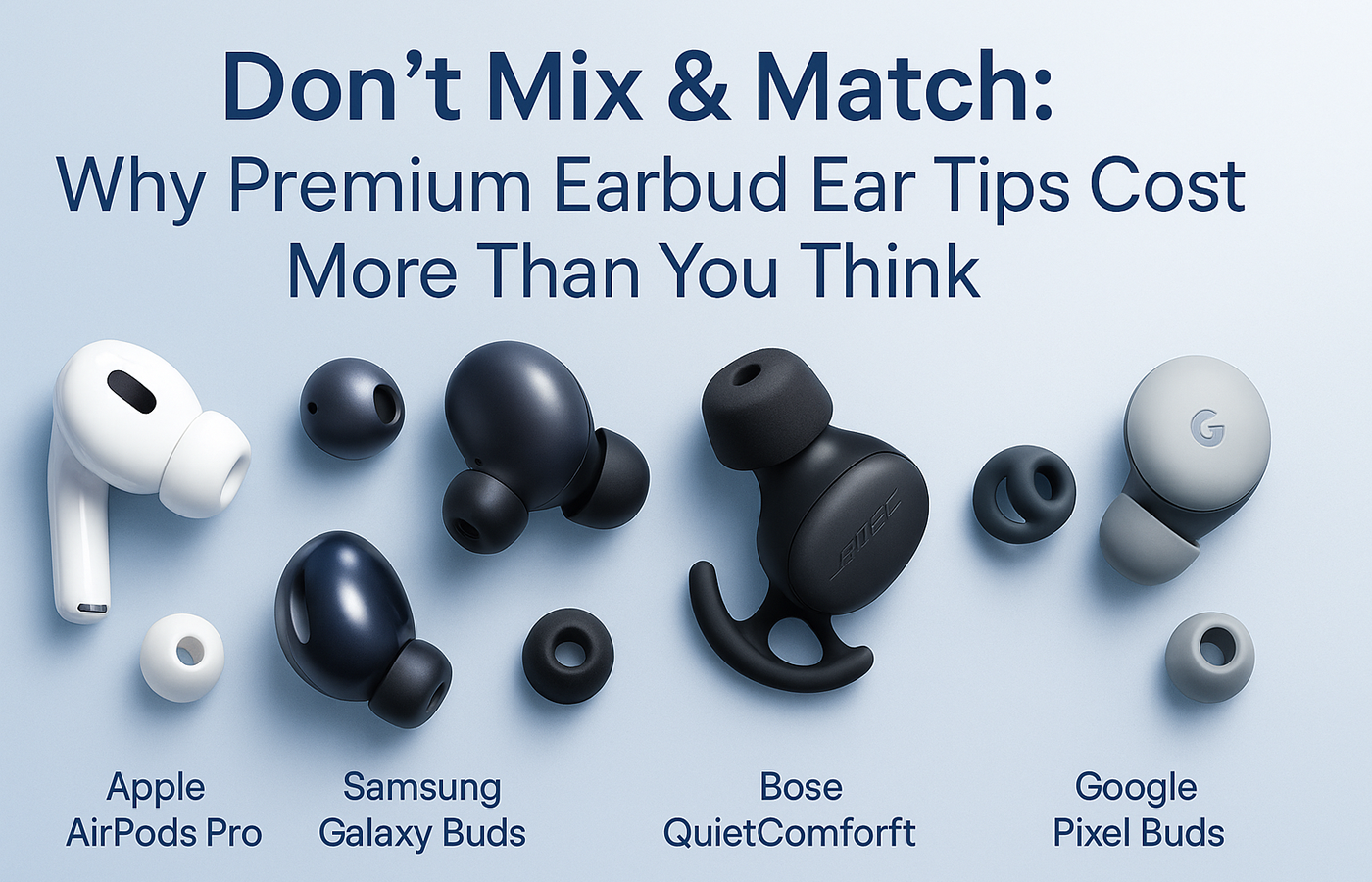


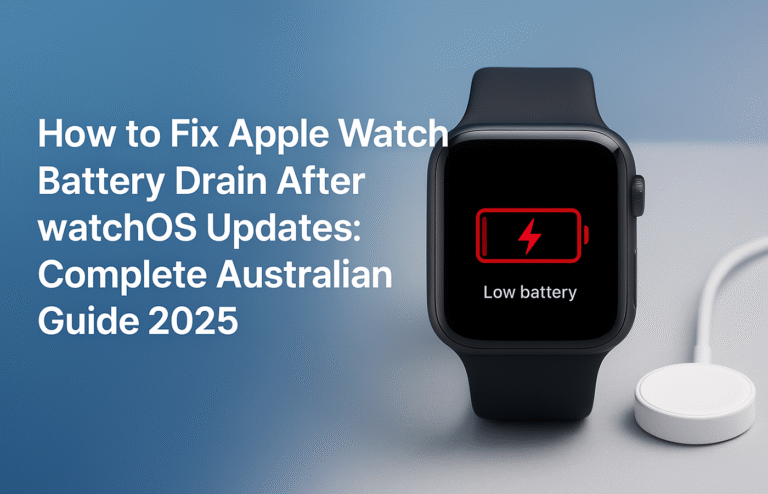
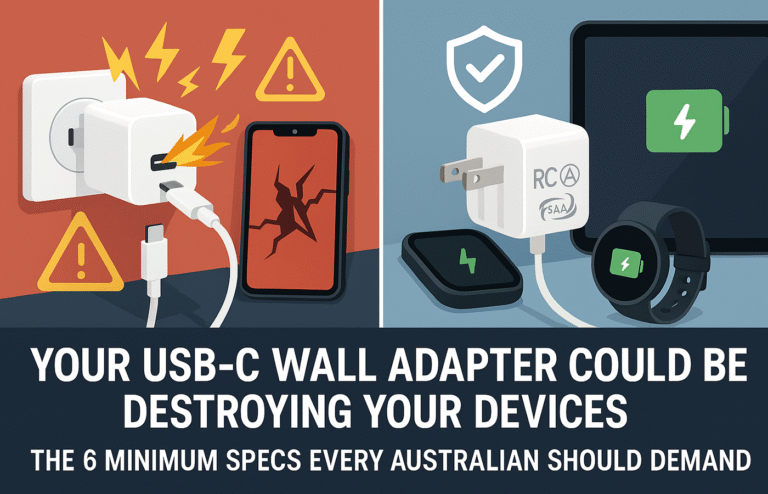
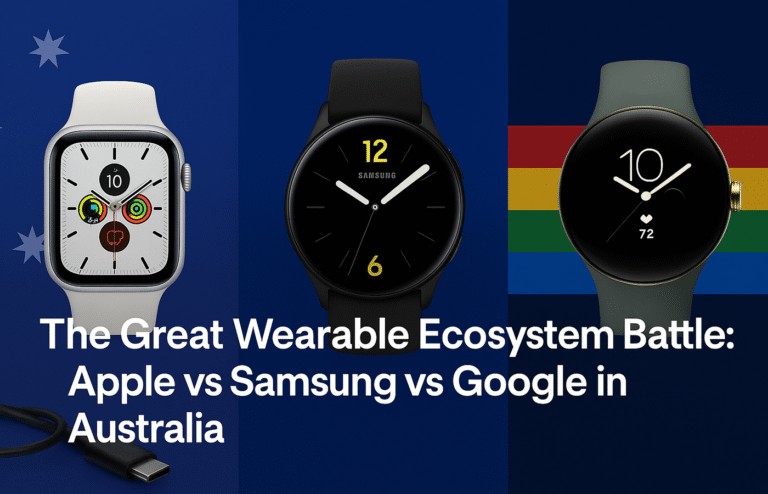
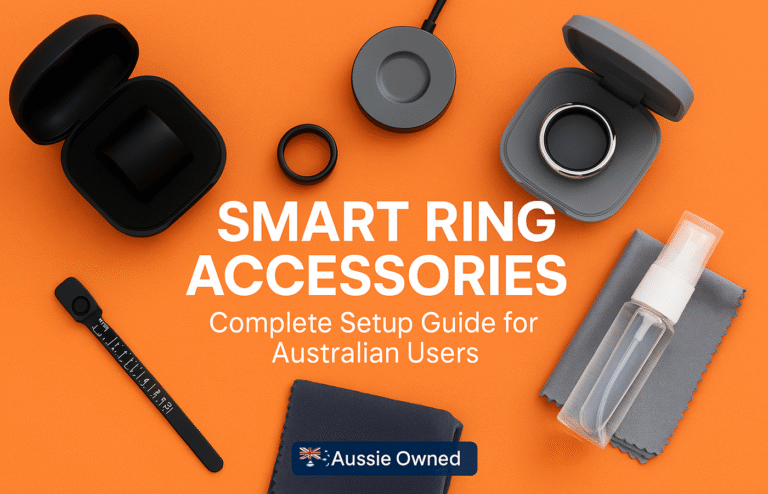
 Professional Earbuds Cleaning Pen - 3-in-1 Maintenance Tool - White
Professional Earbuds Cleaning Pen - 3-in-1 Maintenance Tool - White